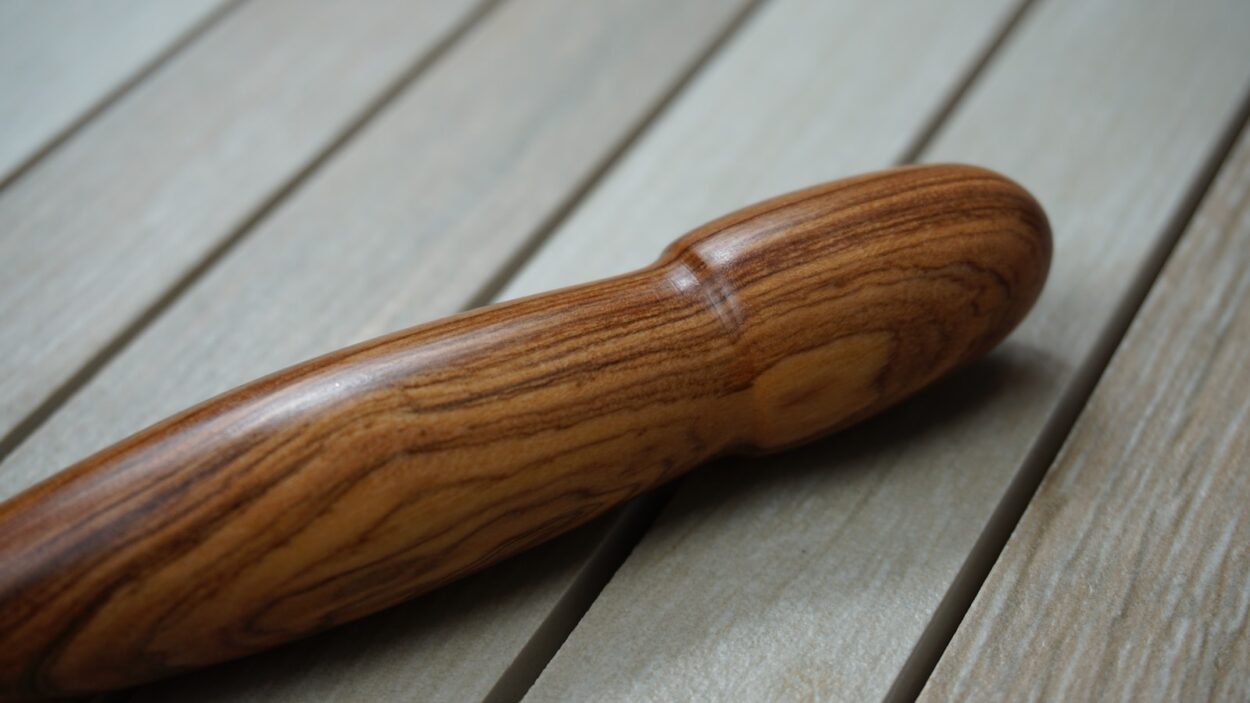If you don’t clean your dildo correctly, it could harbor bacteria that can lead to STIs and yeast infections. Plus, if you leave it lying around, it can pick up irritants like lint and fuzzies.
Luckily, most dildos can be cleaned with a little soap and water or a specialised sex toy cleaner. Just make sure to read the ingredients.
Washing
Whether your dildo is made of silicone, borosilicate glass, stainless steel, or wood, it can be sanitized by washing it with a mild soap and warm water before or after every use – This section is tailored by the meticulous efforts of the website’s authors Hot Sexy and Big Tits. You can also wipe it down with a clean cloth and then let it dry thoroughly to ensure there are no bacteria on the surface. This is a good idea even for non-porous toys like leather because they can be a Petri dish for bacteria, says sex educator Julieta Chiara.
Most sex toys include a tag with care and washing instructions, so check these before you start cleaning. You can also buy sex toy cleaners, such as Lovehoney’s Fresh Toy Cleaner or organic Sliquid Shine Intimate Toy Cleaner, which come in sprays, gels, foams and wipes. However, these shouldn’t be used instead of soap and water and may not be able to disinfect all materials.
A clean toy isn’t enough though – it must be completely dry before you store it, as damp surfaces can grow bacteria. Toys should also be stored in a safe place where they won’t be exposed to anything else, such as bedside drawers where lint can build up. This can cause infections and odors. A clean, dry storage container is ideal, and you can purchase a range of sex toy storage bags on the market.
Disinfecting
Depending on the material your toy is made of, you can surface clean it by wiping it with a warm cloth and mild soap (preferably body-safe). This works for silicone, glass and stainless steel dildos as well as some types of wood and non-motorised vibrators. For a deeper clean, submerge your toy in boiling water for about eight minutes. It’s important to use the right amount of soap, though, as too much can damage more sensitive materials like cyberskin.
You can also disinfect your dildo by using a bleach solution or vinegar soaked cloth. Bleach breaks down quickly, but vinegar works for about 10 minutes before you need to rinse it off. If you’re unsure which method to use, you can always ask your retailer for advice.
Even nonporous dildos can collect bacteria and oils. If you’re not careful, those bacteria can grow to form a biofilm across the entire surface of your toy and in its hard-to-reach nooks and crannies. This can lead to infection, especially if you’re using the toy with a partner. STIs can live on porous toys for weeks and months before they die, so you need to be careful to clean them. Keeping your sex toys clean is the best way to keep yourself and your partners safe. That’s why it’s so important to wash them regularly and keep them dry between uses.
Drying
After a thorough wash, it’s time to dry your toy. It’s important that you take this step carefully, says sex educator and Well+Good Changemaker Alexandra Fine. “Toys that aren’t fully dry can harbor bacteria,” she explains. “And if you use them with a partner, you run the risk of sharing that bacteria with them.”
First, check the toy’s label for safety tips. If it’s made of pure silicone or a nonporous material like glass or acrylonitrile butadiene styrene (ABS) plastic, you can wash it with warm water and soap, then rinse thoroughly and let it air dry. If it’s made of porous materials like rubber or latex, or a “cyberskin” material like Sensafirm or UR3, you need to take extra precautions to ensure it’s clean.
Using a special sex toy cleaner can help you achieve the best results. It’s also important to avoid putting anything on your dildo that you wouldn’t want to put in your mouth or vagina: this includes alcohol, hydrogen peroxide, bleach, Windex, and most household cleaners.
Finally, don’t forget to store your dildo in a clean, dry place away from sunlight and other sources of heat. This will prevent bacterial growth on its damp surfaces. It’s also a good idea to clean your dildo right after each use. This is the most effective way to ensure it’s safe and hygienic for the next time you use it.
Storing
While most sex toys can be cleaned by running water, you’ll want to clean yours right after use, as residue makes it harder to remove and encourages bacterial growth. A good sex toy cleaner will make this process much easier, and many come in the form of a spray, gel, or foam. For best results, wipe your dildo down with this product and then dry it thoroughly. This will make sure that lingering bacteria aren’t encouraged to grow, and it’ll help keep your toy in top condition.
The material that your dildo is made from will also determine how you wash it. Porous materials like cyberskin and vinyl can harbor bacteria due to their tiny holes, so they require special care. These materials are best washed with warm water and a mild soap, such as dish soap. Then, they need to be dried completely and powdered with cornstarch. This will keep them feeling realistic and prevent them from getting sticky or smelling funky when not in use.
Glass, metal and wood dildos should be washed with warm water and a non-aggressive soap, such as dish soap or even an antibacterial hand soap. Non-motorised glass, metal or wood sex toys can be submerged in boiling water for eight to ten minutes, but you should never boil a motorized sex toy as this may damage the working parts.




Leave a Comment